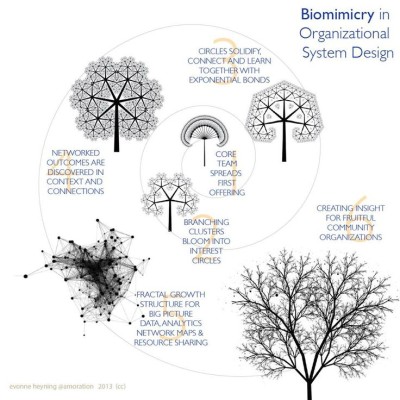A lot of people (well certain people) have been fussing about Twitter co-founder Jack Dorsey returning to the company as it’s new CEO. While I think he’ll easily be better than his predecessor Dick Costolo, I see no cause to celebrate.
The magic in Twitter has always been the connections between people and the ability to grow and connect communities of people. The Arab Spring is the most famous and impactful example of this, but “Black Twitter” is a more current illustration. It’s a large and decentralized community which is having a real impact on people’s lives through connection, cultural critique, and shining a light on police brutality via #BlackLivesMatter.
Today I followed a link posted by an old Twitter friend. It was a collection of reactions of “Twitter influencers” to Jack’s return. They were all white, a couple were my friends. Responses ranged from “we’ll see” to “Jack is my BFF.” There was not a single concern raised. It should come as no surprise that all of the white, male CEOs of Twitter were hired by a board which is itself nearly all white men (with the exception of a few Asian men and one very powerful woman).
Twitter has been making moves to try to compete with media companies (and Facebook) by pushing big news and events, memes that trend via their mysterious algorithm, and celebrity tweeters. This ground has been covered and there will always be someone who does that better than them. Twitter’s unique value proposition is the ability to find and directly connect with real people who you don’t already know but who add value to your life. To be a participant in a movement (whether it’s for democracy or your favorite TV show) rather than just a consumer. I have rarely seen Twitter’s corporate policies show that they understand or appreciate this value. In addition, their continuing lack of interest in doing anything serious about the pervasive abuse of women online further shows that they just don’t care about us, the users that give their platform meaning.
So I wrote a few tweets about this, but it’s hard to convey the complexity and the importance of this in 140 characters so I wanted to expand in this blog post. If you share my concerns, I’d appreciate a retweet or other show of solidarity.
Dear #BlackTwitter, I hope you are thinking abt other platforms & critical mass, Twitter's leadership does't understand or value community.
— Ruby of Manocide (@Ruby) October 21, 2015
This self-congratulatory collection of all-white "Twitter influencers" loving on @jack is just one case in point: https://t.co/cVjHdMqwsu
— Ruby of Manocide (@Ruby) October 21, 2015
Also to the many communities that have organized for democracy & freedom via Twitter. These ppl don't care abt you. https://t.co/AOYAH66Kfq
— Ruby of Manocide (@Ruby) October 21, 2015


 Ruby Sinreich is the Web Maven at
Ruby Sinreich is the Web Maven at 